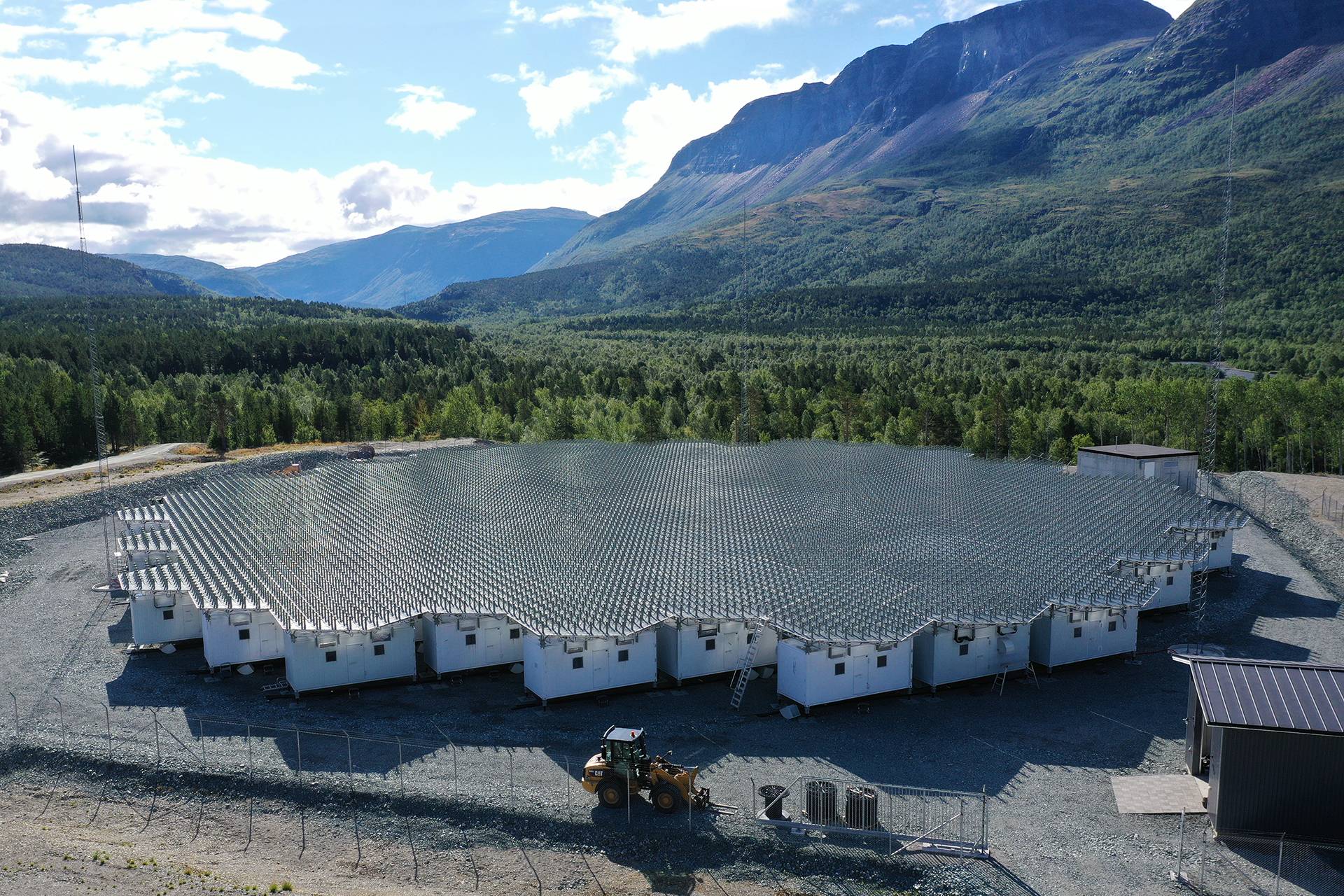Guisdap 9.3
This release of guisdap contains new features and bugfixes, but everything is made compatible with older versions (hopefully). The package should be compatible with not too ancient Matlab versions (>2020), but there may (or may not) be some problems on specific platforms.
Install
Guisdap-9.3 is more-or-less platform independent, and is running on Linux/iOS/Windows. The software is available in https://sourceforge.net/projects/guisdap, either as a git repository or ready made deb packages, deb [trusted=yes] https://sourceforge.net/projects/guisdap/files/deb-repo/ bookworm main. The libraries contain up-to-date ionospheric, atmospheric and magntetic models and can either be installed as the .deb repo (libguisdap) , or made optimised for the hardware/software (tested on Linux and iOS) via ./libinstall.sh
Guisdap is then started via bin/guisdap (preferrably linked to a place on the path).
Provided is a searchpath to ~/gup/mygup where your personal and edited distribution files may go not to interfere with the distributed files.
Running
On a Unix system prompt, type guisdap -h to see all the switches available. Normal analysis is done running guisdap -a which will bring up a window with some entries to fill in. (Hopefully selfexplained) This is the same as guisdap and then analyse. When finished hit GO. A more detailed instruction can be found at here.There is also a course presentation describing how to initialise new experiments and some useful tips on more specialised analysis. The initialisation scripts are avaiable with guisdap -i.
For Windows or Matlab desktop there is a startup script guisdap.m available.
An updated Guisdap is also included in the nirithil/etools docker.
New features
- Docker notebook interfaces
- Added support for phased array radars, mainly EISCAT_3D
- Added SYISR radar data analysis
- Inclusion of the BAFIM software for good ion composition estimates
- Support for iOS/Darwin compilation
- Fractional version numbers
- The hdf contents are saved compressed
- Use of system routines for improved performance
- New and updated experiemts initialisations
- Numerous bug fixes and updates




